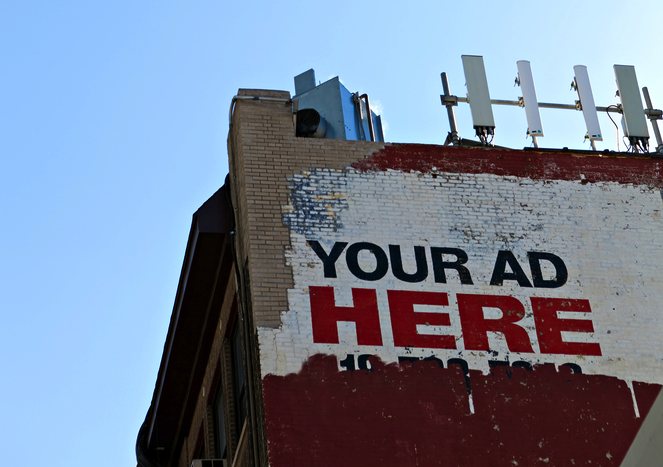
Concerns about the proper way to disclose native advertising are as pressing in the U.K. as they are in the U.S.
On Monday, IAB U.K. released its first guidelines around native ad disclosures, which it hopes will help publishers figure out the rules of the road in the still-nascent space. Their recommendation? Publishers should “provide consumers with prominently visible visual cues” that tell them when an article is from advertisers.
This labeling can include prominent brand logos, different color shading around the ad, or even an entirely different font. The IAB U.K. also said that publishers should include wording such as “paid promotion” or “brought to you by,” which clearly tells readers that there’s a commercial arrangement between the publisher and an ad sponsor.
The narrative is similar in the U.S., where publishers are also constantly tweaking and reworking how they label their native ads. The New York Times and BuzzFeed, for example, have repeatedly tweaked their native ad labeling in an effort to create good brand experiences while also giving readers clear signs that they’re reading ads. But it’s a tough balance. Native advertising is attractive to brands because it looks like the content around it, and going too overt with labeling risks pushing readers away.
Publishers in the U.K. recognize the pressure on both sides “We don’t want to put people off reading things with a label that says ‘this content isn’t as good,’” said Matt Cory, managing director of The Telegraph’s Create branded content studio. But he said that, fundamentally, the IAB’s guidelines are a positive development. “It helps if things are consistent, and we would rather have guidelines than regulations,” he said, adding that The Telegraph’s native ad labeling policies are already in line with the IAB U.K.’s guidelines.
Ad position: web_incontent_pos1
The IAB U.K.’s move comes as native advertising has grown to a $330 million industry in the U.K., accounting for 21 percent of overall ad spending last year. U.K. publishers, like their U.S. counterparts, see native advertising as their next growth business, which is why many are keen on making sure the industry takes the right approach.
“Readers hate feeling tricked into reading commercial content and publishers and advertisers alike need to realize the corrosive effect this has on reader trust,” said Anna Watkins, managing director of Guardian Labs U.K. “If just one advertiser or publisher muddies the waters by failing to be transparent about the funding of the content they’re delivering, the whole sector suffers.”
Ad position: web_incontent_pos2
Agencies also appreciate the IAB U.K.’s approach so far. “What I like about native is that it gives you creative freedom that digital allows, so I’m glad these new guidelines aren’t too restrictive,” said Starcom MediaVest Group digital strategy director Liam Brennan. “Right now, there are some cowboys playing around with the format, so anything that gives readers more transparency is a good thing.”
More in Media

NewFronts Briefing: Samsung, Condé Nast, Roku focus presentations on new ad formats and category-specific inventory
Day two of IAB’s NewFronts featured presentations from Samsung, Condé Nast and Roku, highlighting new partnerships, ad formats and inventory, as well as new AI capabilities.

The Athletic to raise ad prices as it paces to hit 3 million newsletter subscribers
The New York Times’ sports site The Athletic is about to hit 3 million total newsletter subscribers. It plans to raise ad prices as as a result of this nearly 20% year over year increase.

NewFronts Briefing: Google, Vizio and news publishers pitch marketers with new ad offerings and range of content categories
Day one of the 2024 IAB NewFronts featured presentations from Google and Vizio, as well as a spotlight on news publishers.
Ad position: web_bfu
